Our work in Petrota
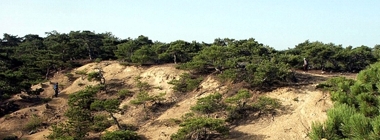
Fig. 1: Exploring gullies in an area where bedrock consists of eroding tuffs/tuffites. This exploration led to the discovery of a
new lithic scatter in the (relatively stable) terrace above the gullies, where a surveyor can be seen walking.
Controlled sampling followed the discovery (2004), and the samples are now under study.
figure 1
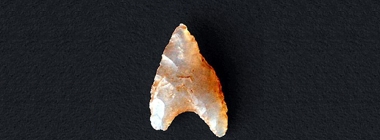
Fig. 2: An arrowhead collected in the course of exploring the Petrota landscape. It is made of translucent silex and it measures
less than 3 cm in length. It was found near the source of translucent silex but without association with other artifacts. The type
is thought to be characteristic of the mid-3d millennium B.C. We would have been less surprised to find a Levallois point in the
area.
figure 2
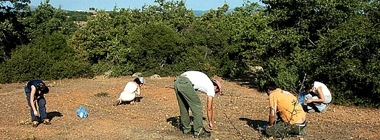
Fig. 3: Controlled sampling in an area of high ground visibility surrounded by impenetrable maquis.
figure 3
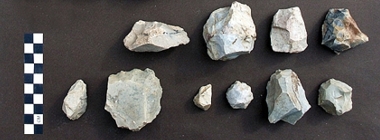
Fig. 4: Some of the Vrahos silex cores we collected from the surface of a Neolithic and Bronze Age settlement site 2.5 km
south of the source. Detailed study of the rich material from this site and comparisons with the material found in the
quarry itself will illuminate crucial questions regarding the modes of exploitation of Vrahos silex. No doubt, it will
also give rise to new questions.
figure 4
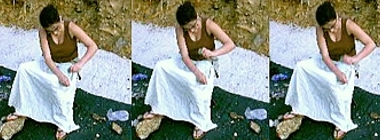
Fig. 5: Student team members developing their skills in flaking translucent (a) and Vrahos silex (b).
figure 5
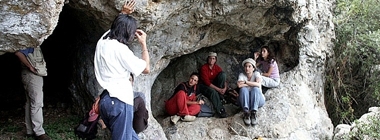
figure 6
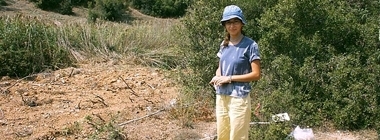
figure 7